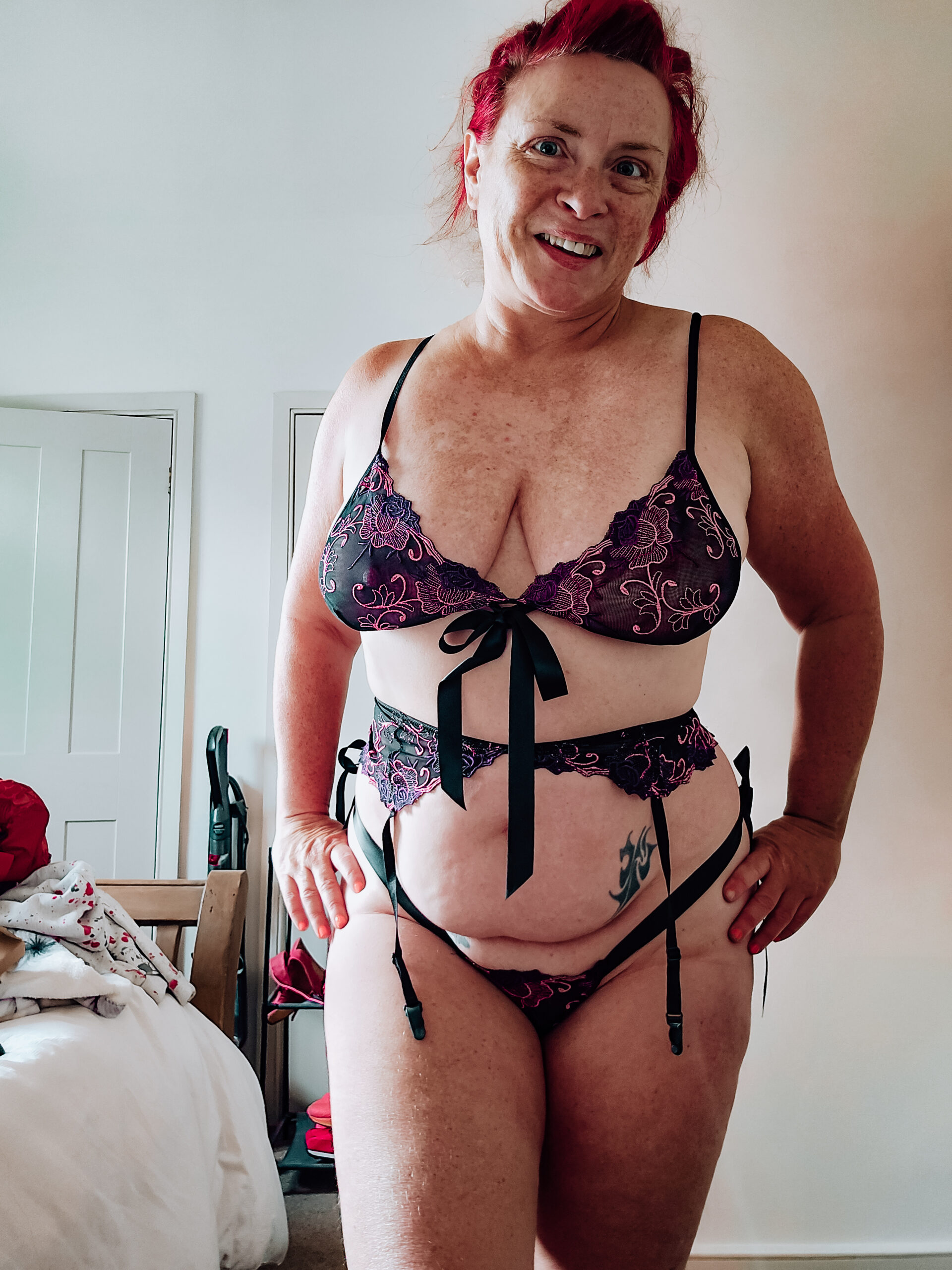Lack of Understanding About Asexuality
Asexuality, and its variations like graysexuality, remains shrouded in misunderstanding within society and especially within the realm of dating. Many people hold misconceptions about asexuality, perceiving it as a choice, a temporary phase, or a medical condition. These inaccuracies create barriers to genuine connection and understanding for asexual individuals who navigate the complexities of romantic and sexual expression.
Limited Exposure to Asexual Concepts
Limited exposure to asexual concepts contributes significantly to this misunderstanding. Asexuality is not widely discussed in mainstream media or educational settings, leaving many individuals with incomplete or inaccurate information. This lack of exposure perpetuates stereotypes and biases, making it difficult for people to grasp the nuances of asexuality and its various expressions.
Without proper education and representation, societal perceptions tend to rely on generalizations and assumptions. Asexual individuals may be wrongly assumed to be “repressed,” “waiting for the right person,” or simply “not interested” in relationships. These misconceptions can lead to awkward interactions, pressure to conform to heteronormative expectations, and feelings of isolation for asexual people trying to find meaningful connections.
Association with ” celibacy”
One particularly common misconception surrounding asexuality is its association with celibacy. Asexuality is fundamentally about a lack of sexual attraction, not a decision to abstain from sex.
It’s crucial to understand that asexual people have diverse experiences and may or may not engage in sexual activity. Some asexual individuals are sexually active, finding pleasure in physical touch or intimacy without being driven by sexual desire. Others may choose not to engage in sexual activity at all.
- Asexual individuals can have romantic relationships and desire emotional connection with partners.
- Asexuality is a spectrum, meaning there’s a wide range of experiences and levels of attraction within the asexual community.
- It is important to respect individual choices and preferences regarding sexual activity, regardless of someone’s sexual orientation or identity.
Confusing Graysexuality with Other Identities
Graysexuality, a nuanced aspect of asexuality, often gets conflated with other identities, leading to further misunderstandings within the dating world. The lack of clear definitions and widespread understanding surrounding graysexuality creates challenges for individuals who identify as such, making it difficult for them to find compatible partners and navigate the complexities of romantic relationships.
Mistaking it for Asexuality
Graysexuality is characterized by experiencing sexual attraction infrequently or under specific circumstances. This fluidity in attraction can make it difficult for others to understand and differentiate graysexuality from asexuality.
Individuals who identify as asexual may experience very little to no sexual attraction, while those who identify as graysexual might experience occasional or situational sexual attraction. This subtle distinction can be easily overlooked, leading to misinterpretations and assumptions about an individual’s sexual preferences.
Another factor contributing to the confusion is the lack of comprehensive sexual education that addresses various sexual identities and experiences. Without a solid understanding of these nuances, individuals may mistakenly assume that graysexuality is simply a form of asexuality or vice versa.
Equating it with Demisexuality
Equating graysexuality with demisexuality further complicates the picture. Demisexual individuals experience sexual attraction only after forming a strong emotional bond. This differs from graysexuality, where individuals may experience sexual attraction under specific circumstances or situations, even without a deep emotional connection.
The confusion often arises because both identities fall outside the conventional binary of sexual attraction and involve experiencing sexual attraction in less common ways. However, the underlying motivations and experiences differ significantly.
This lack of clear distinction can lead to mislabeling and misunderstandings, making it harder for individuals to accurately communicate their needs and preferences in dating contexts.
Social and Cultural Pressure to be Sexual
In a world saturated with messages about sexual expression, navigating the complexities of desire can be challenging. Social and cultural pressures often push individuals towards certain expectations about intimacy and sexual behavior, leaving little room for alternative experiences like those found within the asexual spectrum.
Societal Expectations of Dating and Relationships
Dating and relationships are deeply intertwined with societal expectations that often center around heteronormative models of sexuality. These expectations can create significant pressure on individuals to conform to norms regarding dating rituals, physical intimacy, and romantic partnerships.
Within these social constructs, individuals who do not align with traditional ideas about sex and attraction can face unique challenges. Asexuality and its variations, like graysexuality, often clash with these ingrained expectations, leading to misunderstandings and difficulties in finding compatible partners.
The pressure to engage in sexual activity, even when not desired, can be immense. This societal expectation can lead to feelings of discomfort, obligation, or a sense of inadequacy for those who do not experience sexual attraction.
Additionally, dating norms often revolve around seeking romantic and sexual compatibility. Asexual individuals may find themselves navigating a landscape where their lack of sexual desire is misconstrued or seen as a barrier to forming meaningful connections.
Emphasis on Physical Intimacy
Social and cultural pressures surrounding sex and intimacy can create significant challenges for graysexual individuals in the dating world.
These pressures often prioritize physical intimacy as a central component of relationships, leading to an assumption that all individuals desire and seek sexual connection.
Graysexual individuals, who experience sexual attraction infrequently or under specific circumstances, may find themselves pressured to conform to these expectations or face judgment for not meeting them.
This pressure can manifest large black vibrator in various ways, such as being questioned about their lack of interest in sex, feeling obligated to engage in physical intimacy even when uncomfortable, or facing assumptions that they are “repressed” or “waiting for the right person.”
These societal norms can make it difficult for graysexual individuals to express their true desires and find partners who understand and respect their unique experiences with sexual attraction.
Communication Challenges
Communication challenges arise when discussing sensitive topics like asexuality and its variations. Misconceptions, stereotypes, and a lack of understanding can lead to awkward interactions and difficulty finding common ground.

Difficulty Expressing Graysexual Preferences
One major challenge in communicating graysexuality is the limited vocabulary and societal understanding surrounding it. Many people are unfamiliar with the term “graysexual” or have misconceptions about what it entails, leading to misinterpretations and assumptions. This lack of shared language can make it difficult for individuals to accurately express their experiences and desires.
Another challenge is navigating the emotional weight attached to discussions about sex and attraction. For some individuals, talking about their asexuality or graysexuality can be vulnerable and emotionally charged, making it hard to open up and be honest about their preferences.
Additionally, societal pressures and expectations around sexual behavior can create an atmosphere of discomfort or judgment when discussing these topics. Individuals may feel pressured to conform to certain norms or fear being misunderstood or ostracized for expressing their non-normative experiences.
It’s essential to approach conversations about graysexuality with empathy, patience, and a willingness to listen and learn. Creating safe and inclusive spaces for open dialogue is crucial for fostering understanding and breaking down the stigma surrounding asexual identities.
Misinterpretations and Assumptions by Partners
Communication challenges arise when discussing sensitive topics like asexuality and its variations. Misconceptions, stereotypes, and a lack of understanding can lead to awkward interactions and difficulty finding common ground.
One major challenge in communicating graysexuality is the limited vocabulary and societal understanding surrounding it. Many people are unfamiliar with the term “graysexual” or have misconceptions about what it entails, leading to misinterpretations and assumptions. This lack of shared language can make it difficult for individuals to accurately express their experiences and desires.

Another challenge is navigating the emotional weight attached to discussions about sex and attraction. For some individuals, talking about their asexuality or graysexuality can be vulnerable and emotionally charged, making it hard to open up and be honest about their preferences.
Additionally, societal pressures and expectations around sexual behavior can create an atmosphere of discomfort or judgment when discussing these topics. Individuals may feel pressured to conform to certain norms or fear being misunderstood or ostracized for expressing their non-normative experiences.
It’s essential to approach conversations about graysexuality with empathy, patience, and a willingness to listen and learn. Creating safe and inclusive spaces for open dialogue is crucial for fostering understanding and breaking down the stigma surrounding asexual identities.
Stigma and Misinformation
Stigma and misinformation often surround asexuality and its variations, leading to misunderstandings, particularly in the dating world. Many people hold misconceptions about asexuality, perceiving it as a choice, a temporary phase, or a medical condition. These inaccuracies create barriers to genuine connection and understanding for asexual individuals who navigate the complexities of romantic and sexual expression.
Negative Stereotypes about Asexuality and Related Identities
The lack of exposure to asexual concepts contributes significantly to this misunderstanding. Asexuality is not widely discussed in mainstream media or educational settings, leaving many individuals with incomplete or inaccurate information. This lack of exposure perpetuates stereotypes and biases, making it difficult for people to grasp the nuances of asexuality and its various expressions.
Without proper education and representation, societal perceptions tend to rely on generalizations and assumptions. Asexual individuals may be wrongly assumed to be “repressed,” “waiting for the right person,” or simply “not interested” in relationships. These misconceptions can lead to awkward interactions, pressure to conform to heteronormative expectations, and feelings of isolation for asexual people trying to find meaningful connections.
One particularly common misconception surrounding asexuality is its association with celibacy. Asexuality is fundamentally about a lack of sexual attraction, not a decision to abstain from sex. It’s crucial to understand that asexual people have diverse experiences and may or may not engage in sexual activity. Some asexual individuals are sexually active, finding pleasure in physical touch or intimacy without being driven by sexual desire. Others may choose not to engage in sexual activity at all.
Asexual individuals can have romantic relationships and desire emotional connection with partners. Asexuality is a spectrum, meaning there’s a wide range of experiences and levels of attraction within the asexual community. It is important to respect individual choices and preferences regarding sexual activity, regardless of someone’s sexual orientation or identity.
Graysexuality, a nuanced aspect of asexuality, often gets conflated with other identities, leading to further misunderstandings within the dating world. The lack of clear definitions and widespread understanding surrounding graysexuality creates challenges for individuals who identify as such, making it difficult for them to find compatible partners and navigate the complexities of romantic relationships.
Graysexuality is characterized by experiencing sexual attraction infrequently or under specific circumstances. This fluidity in attraction can make it difficult for others to understand and differentiate graysexuality from asexuality.

Individuals who identify as asexual may experience very little to no sexual attraction, while those who identify as graysexual might experience occasional or situational sexual attraction. This subtle distinction can be easily overlooked, leading to misinterpretations and assumptions about an individual’s sexual preferences.
Another factor contributing to the confusion is the lack of comprehensive sexual education that addresses various sexual identities and experiences. Without a solid understanding of these nuances, individuals may mistakenly assume that graysexuality is simply a form of asexuality or vice versa.
Equating graysexuality with demisexuality further complicates the picture. Demisexual individuals experience sexual attraction only after forming a strong emotional bond. This differs from graysexuality, where individuals may experience sexual attraction under specific circumstances or situations, even without a deep emotional connection.
The confusion often arises because both identities fall outside the conventional binary of sexual attraction and involve experiencing sexual attraction in less common ways. However, the underlying motivations and experiences differ significantly.
This lack of clear distinction can lead to mislabeling and misunderstandings, making it harder for individuals to accurately communicate their needs and preferences in dating contexts.
Spread of False Information Online
Stigma and misinformation surrounding asexuality often create barriers to genuine connection within the dating world. Many individuals harbor misconceptions about asexuality, perceiving it as a choice, a temporary phase, or even a medical condition. These inaccuracies prevent people from fully understanding the spectrum of asexual experiences and lead to misunderstandings in dating contexts.
A lack of exposure to asexual concepts contributes significantly to this problem. Asexuality is rarely discussed in mainstream media or educational settings, leaving many individuals ill-equipped to understand its nuances. This lack of information perpetuates stereotypes and biases, making it difficult for people to grasp the diversity within the asexual community.
Without proper education and representation, societal perceptions tend towards generalizations. Asexual individuals may be wrongly assumed to be “repressed,” “waiting for the right person,” or simply “not interested” in relationships. These assumptions can lead to awkward interactions, pressure to conform to heteronormative expectations, and feelings of isolation for those seeking genuine connections.
One persistent misconception is associating asexuality with celibacy. Asexuality is fundamentally about the lack of sexual attraction, not a choice to abstain from sex. It’s essential to understand that asexual individuals have diverse experiences and may or may not engage in sexual activity. Some are sexually active, finding pleasure in physical touch or intimacy without being driven by sexual desire. Others choose not to engage in sexual activity at all.
Asexual people, like anyone else, can form romantic relationships and crave emotional connection. Asexuality exists on a spectrum, meaning individuals experience attraction in varying degrees. It’s crucial to respect individual choices regarding sexual activity regardless of their sexual orientation or identity.
Read the blog from start to end
Access the original blog now
- Who Is A Bad Candidate For Tear Trough Fillers? - June 5, 2025
- Why Graysexuality Is Often Misunderstood In The World Of Dating - June 5, 2025
- Thc Infused Seltzers In North Dakota ND - June 2, 2025
